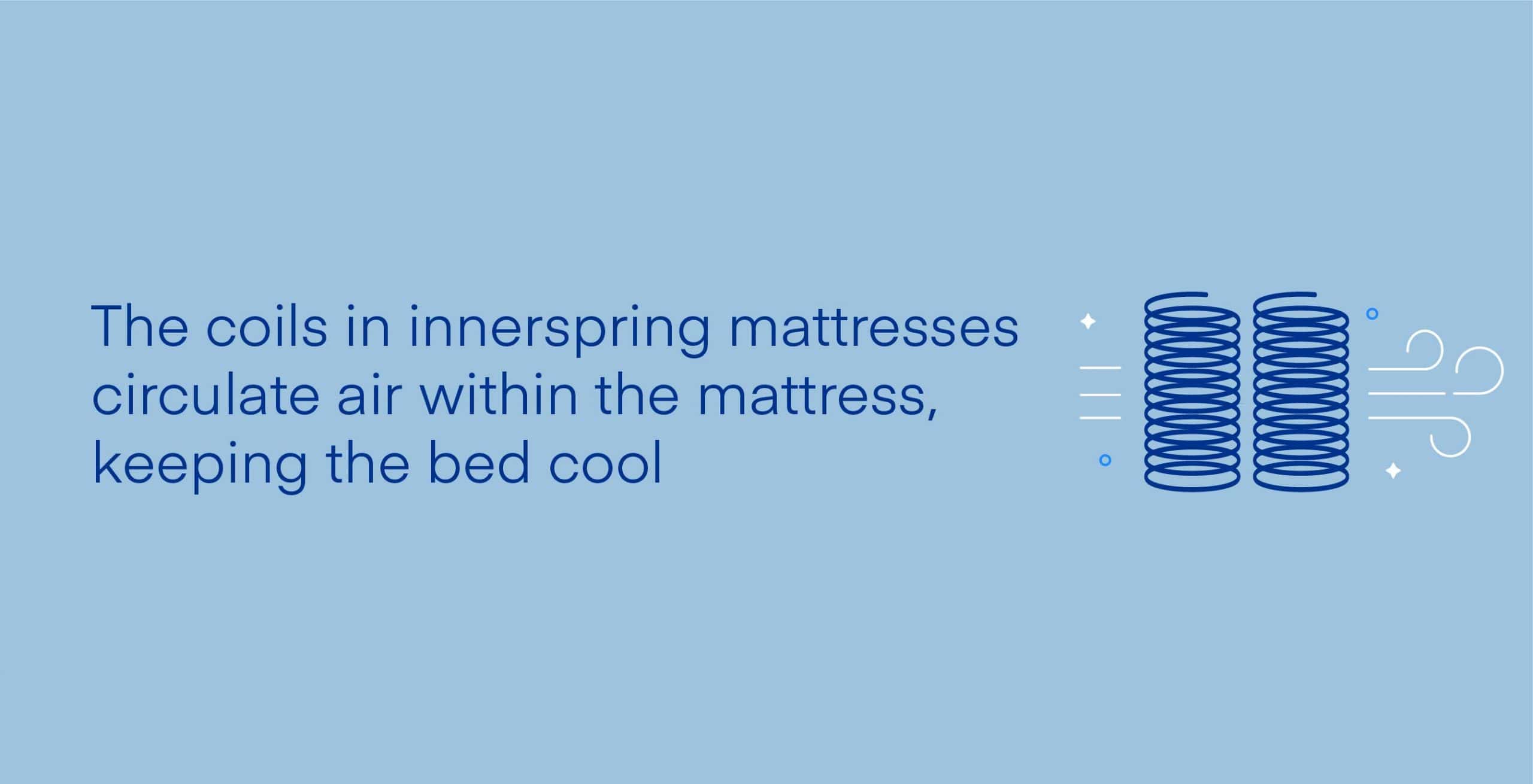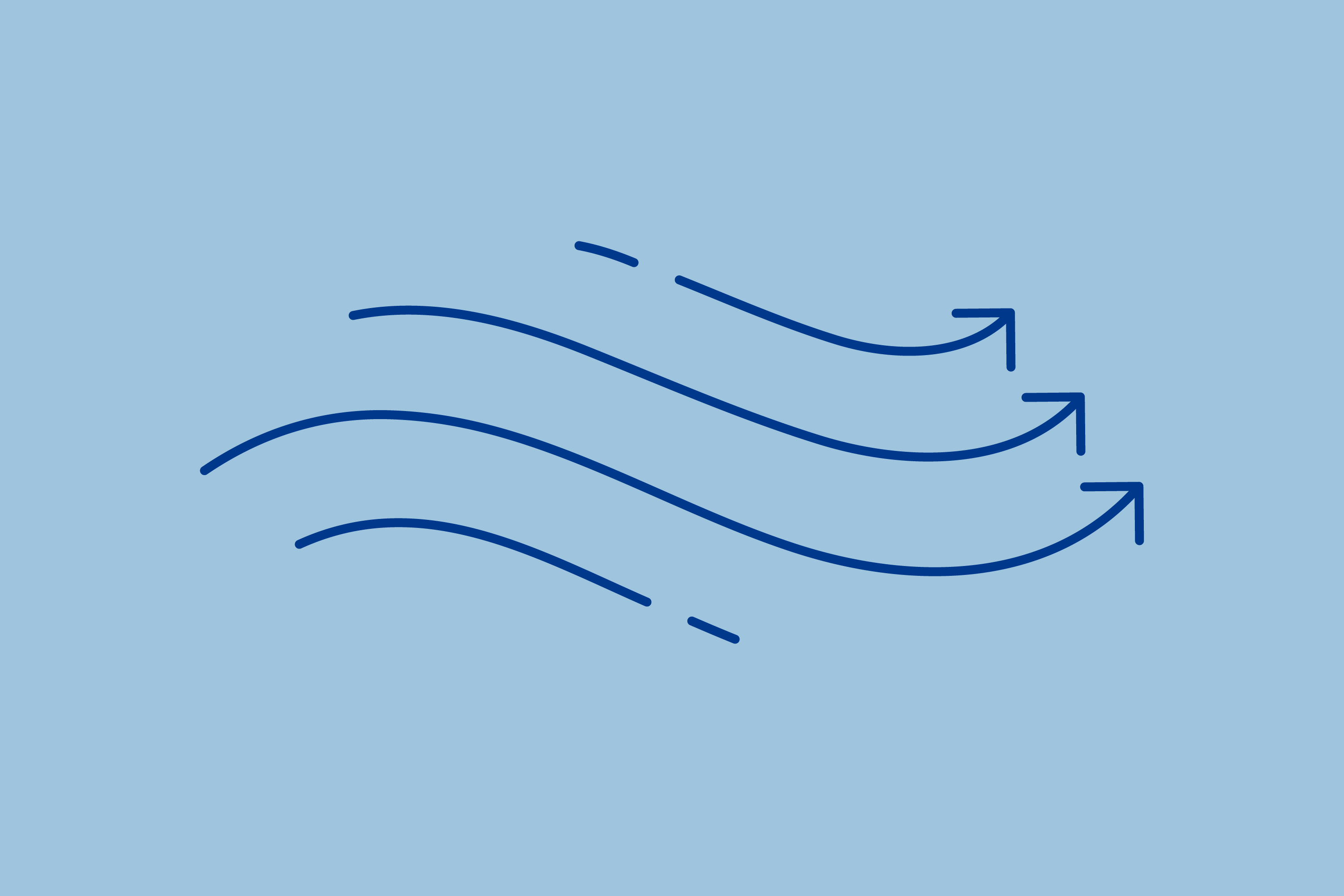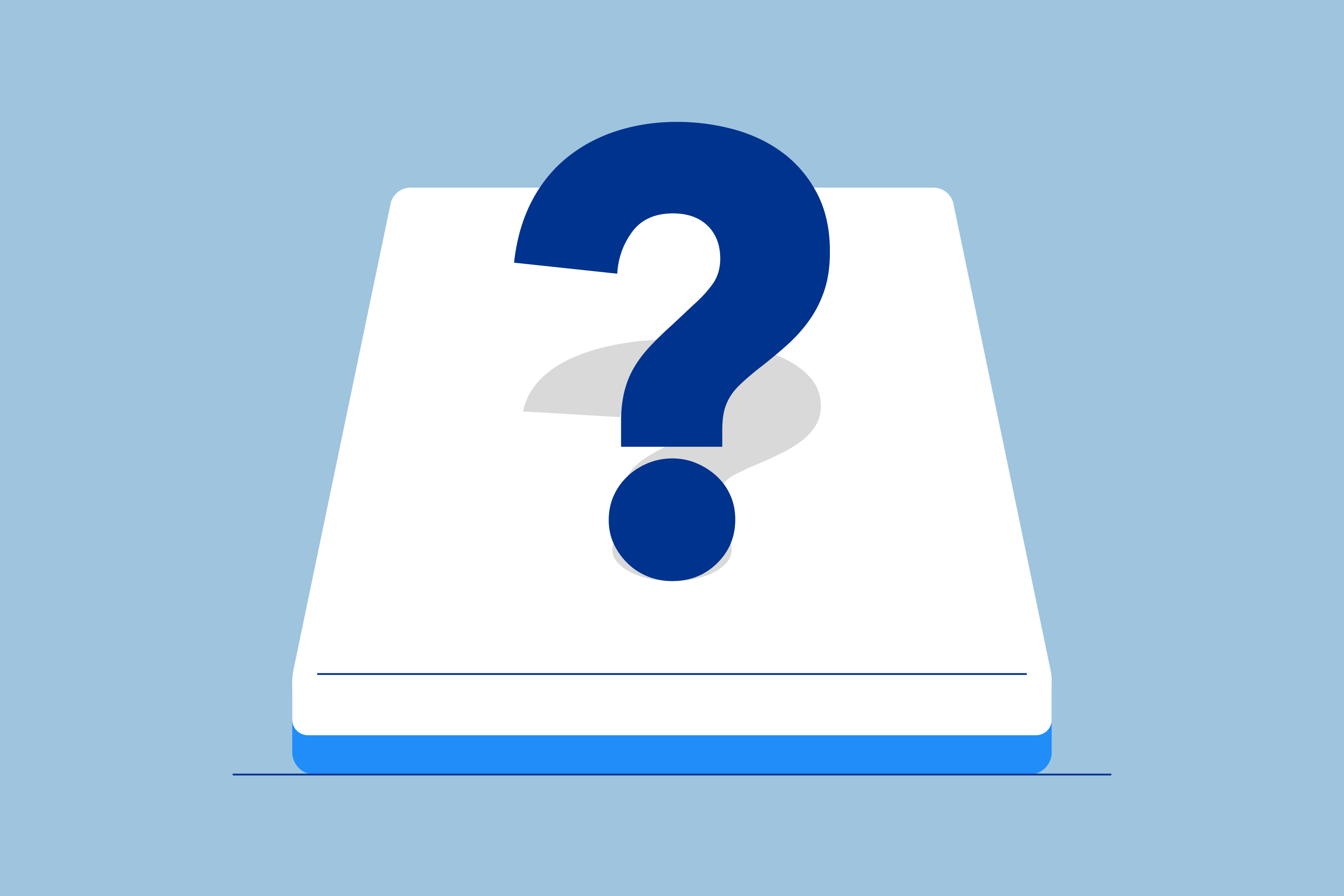Every parent wants their baby to be comfortable and safe while sleeping, and an important part of nursery planning is deciding on the crib and crib mattress. Since your baby spends 14 to 18 hours a day in the crib, choosing the right crib mattress size is crucial.
In this article, we discuss the different sizes of crib mattresses and other factors to consider when buying a crib mattress to help you make the best choice.
Different Crib Mattress Sizes
Crib mattresses are available in a standard size, a mini version, and some special shapes such as circle or oval. You’ll choose the crib based on your style and room size, and the mattress should snugly fit the crib. The gap between the mattress and crib should be no more than ½ an inch. This is crucial to prevent the baby’s head from getting stuck, which may cause suffocation.
Standard Crib Mattress
The standard full size crib mattress is a popular choice because it’s big and does not outgrow your baby very quickly. These rectangular crib mattresses are the perfect size for toddler beds as well.
Since child safety is critical when buying a crib and crib mattress, the dimensions of full size cribs and mattresses have been standardized under federal government regulations. The United States Consumer Product Safety Improvement Act of 2008 (CPSIA) specifies that the minimum size of a standard crib mattress must be 27 ¼ inches by 51 ¼ inches. The mattress thickness should not exceed 6 inches, to prevent accidental falls. Since thicker mattresses are taller, babies may topple off the side of the crib if they lose balance while standing.
To ensure a snug fit, the interior dimensions of a standard size crib must be 28 inches by 52 ⅜ inches, but they are allowed to be up to ⅝ inch smaller. Always make sure the size of the mattress closely matches the dimensions of the crib.
Mini Crib Mattress
Mini crib mattresses are sold together with mini cribs because their dimensions are not regulated by federal government laws, so it’s not easy to buy a snug-fitting mattress separately. To ensure child safety, Consumer Product Safety Commission (CPSC) guidelines specify that mini cribs must be sold with mattresses. Typically, mini crib mattresses are 24 inches wide and 38 inches long. Babies may outgrow these smaller crib mattresses in 18 months, whereas standard crib mattresses can last as long as 3 years. Mini cribs are a good choice for smaller rooms, or if the baby is sharing the room with a sibling or parents.
Some mini cribs can be folded for travel and storage. They often include wheels, but make sure you lock the wheels when the baby is in the crib. People often buy these cribs as a spare to be taken to grandparents’ place or for traveling.
Different Shaped Crib Mattress
While standard and mini crib mattresses are rectangular, shaped crib mattresses can be circular, oval, or hexagonal. They look fancier than full size or mini cribs and add a unique design element to your nursery. Since the dimensions of shaped cribs are not regulated, they also must be sold with a mattress, per the CPSC guidelines.
Different shaped cribs can be smaller or larger than the standard full size crib, so keep in mind the size of your room when buying one.
Other Factors to Consider when Buying a Crib Mattress
Once you’ve decided on the best bed size for your baby, consider other factors for a safe sleeping environment, such as mattress firmness and breathability.
Firmness
Firm mattresses are better for babies because they reduce the risk Verified Source National Library of Medicine (NIH) World’s largest medical library, making biomedical data and information more accessible. View source of Sudden Infant Death Syndrome (SIDS), the third leading cause of infant mortality in the United States. Approximately 2,500 infants die due to SIDS every year in the country.
SIDS is the unexpected death of an infant under 1 year of age, sometimes caused due to suffocation. Soft mattresses can increase the risk of suffocation so the firmer the mattress, the safer it is for the baby. To check mattress firmness, press on the center and the edges. If it snaps back immediately, it’s a firm mattress safe for your baby. Firm mattresses also offer the needed resistance babies need as they learn to roll over, push up, and eventually stand in the crib.
Thickness
Innerspring crib mattresses range between 5 to 6 inches thick, while foam mattresses are anywhere between 4 to 6 inches thick. Both can provide adequate support for the baby’s comfort; just make sure the mattress is no thicker than 6 inches to avoid the risk of falling.
Durability
If you are thinking of long-term use, buy a reversible crib mattress with a firm and a less firm side. These reversible mattresses are clearly marked on both sides so you use the firm side for infants and the less firm side for toddlers. However, check with your pediatrician about the right time to transition from the infant side to the toddler side. Toddler mattresses are slightly less firm, so young children may feel more comfortable sleeping on one.
Breathability
Breathable mattresses promote airflow within the bed, preventing sleep disruptions due to heat. The coils in innerspring mattresses circulate air within the mattress, keeping the bed cool. If you want a foam mattress, all-natural latex mattresses are a good option because they are naturally cooling.

Many people prefer organic crib mattresses because they are low in chemical content. When buying an organic mattress, check for the GOTS (Global Organic Textile Standard) or GOLS (Global Organic Latex Standard) label. These certifications ensure your mattress contains more than 70 percent organic natural materials.
Cost
On average, a crib mattress costs $150, but you may find some priced higher or lower than this depending on the quality of materials and the included features. For example, mattresses with special features like waterproof covers are more expensive than regular crib mattresses.
FAQs
How big is a standard size crib mattress?
A standard full size crib mattress must be at least 27 ¼ inches wide and 51 ¼ inches long, with a thickness not exceeding 6 inches. They can be 1 inch wider and longer, but the thickness limit remains the same. Choose the right size for a snug fit depending on the internal dimensions of the crib. It can be 28 inches by 52 ⅜ inches, or ⅝ inch smaller or larger.
Is a crib mattress the same size as a twin?
No, a crib mattress is narrower and shorter than a twin bed. A twin mattress measures 38 inches by 75 inches, and twin mattresses are popular among young children because they’re the most compact of all standard sizes. Children usually graduate to a twin bed from a crib.
How big is a crib quilt?
Crib quilts typically measure between 30 inches by 46 inches and 36 inches by 50 inches, but it is best to avoid them during infancy. Pillows or quilts may be a suffocation hazard for babies under 1-year-old. Until then, use swaddles to keep your infant warm during the night.
Is a toddler bed the same size as a crib mattress?
Most toddler beds are actually the same size as a standard crib mattress. If you bought a full size standard crib then the mattress can be used in a toddler bed as well. Toddler beds measure 27 inches by 52 inches, similar to a standard full size crib mattress, while mini crib mattresses are smaller than the standard.
When should a child be out of a crib?
There’s no hard-and-fast rule about when a toddler should move out of the crib, but they generally do so between the age of 1.5 to 3 years. You know they are ready for big kid beds, such as a toddler or twin, when they start expressing displeasure or simply start climbing out of the crib.
Conclusion
Once you choose the best crib for your room size, make sure it’s not near a window with blinds, curtain cords, or baby monitors. Babies can strangle on cords and suffocate themselves. To maintain proper safety standards when buying your baby’s crib mattress, make sure it fits snugly in the crib. This is crucial for child safety because more than an inch of space between the mattress and the crib sides can prove fatal.
About the author
Stacy Liman is a journalism graduate student and a freelance writer with a focus on mindfulness and content marketing. Her passion for understanding and writing about the science of sleep enables her to provide valuable insights into achieving healthier and deeper rest. Stacy's commitment to helping people improve their sleep drives her exploration of new mattresses and sleep-promoting gadgets.
View all posts





